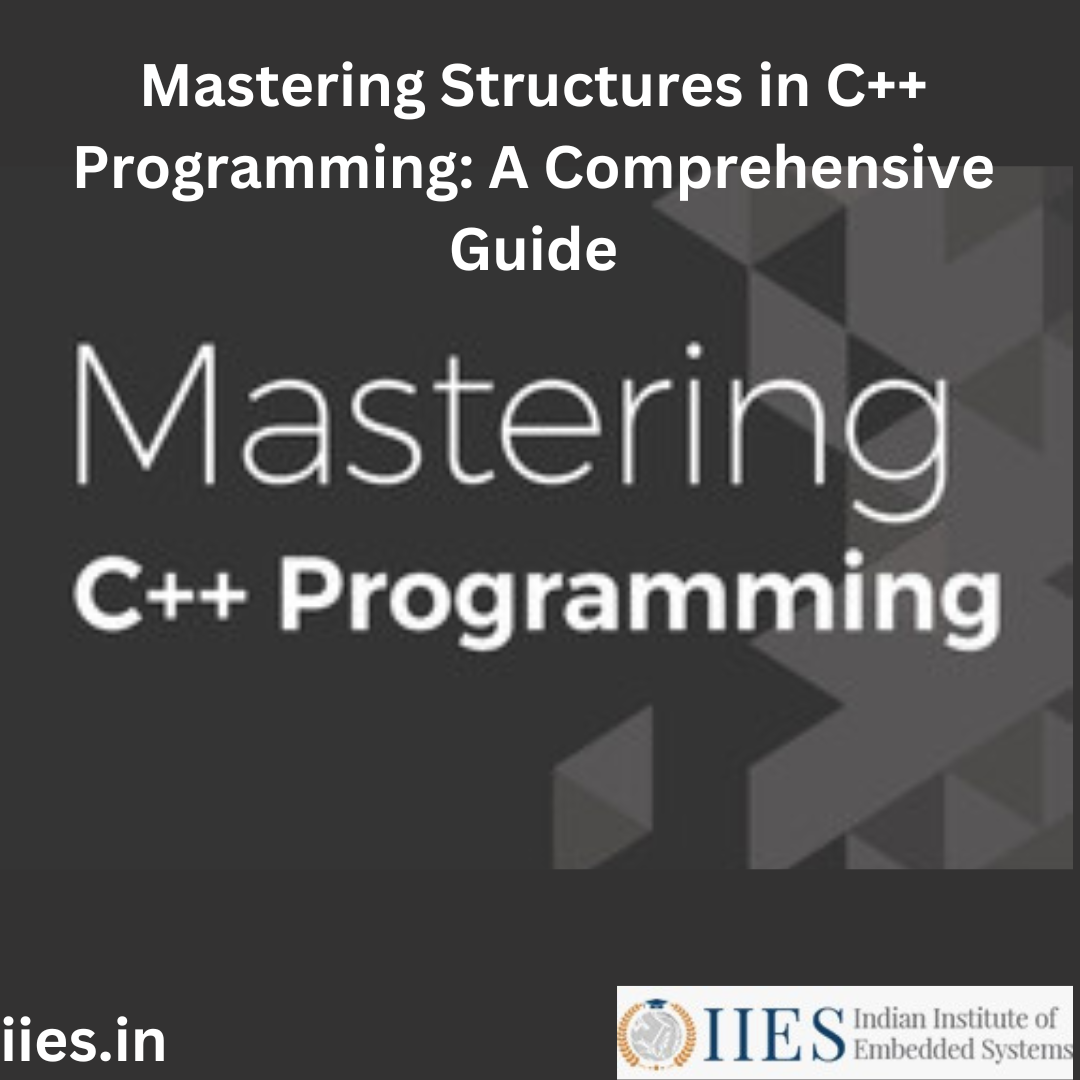Structures in C++ programming are a fundamental building block when it comes to organizing and managing data efficiently. In this comprehensive guide, we will delve into the world of C++ structures and explore how they play a crucial role in the development of embedded systems.
Understanding Structures in C++
What Are Structures?
In C++, a structure is a user-defined data type that allows you to group together variables of different data types under a single name. Unlike arrays, which store elements of the same data type, structures can hold various types of data in a cohesive unit.
Defining a Structure
To define a structure in C++, you use the struct keyword followed by a name for the structure, like this:
cppCopy code
struct Employee { int employeeID; char name[50]; double salary; };
In this example, we've defined a structure called Employee with three data members: employeeID, name, and salary.
Working with C++ Structures
Creating Structure Variables
Once you've defined a structure, you can create variables of that structure type. These variables are also known as structure instances. Here's how you can create an instance of the Employee structure:
cppCopy code
Employee emp1;
Accessing Structure Members
You can access the individual members of a structure using the dot (.) operator. For instance, to set the employeeID for emp1:
cppCopy code
emp1.employeeID = 101;
And to access the salary member:
cppCopy code
emp1.salary = 50000.0;
Initializing Structures
You can initialize structure variables during declaration. Here's how you can initialize emp2 with predefined values:
cppCopy code
Employee emp2 = {102, “Alice”, 60000.0};
Arrays of Structures
C++ allows you to create arrays of structures. For instance, you can create an array of Employee structures to store information about multiple employees:
cppCopy code
Employee employees[5];
Nested Structures
You can also nest structures within other structures. This is useful when dealing with complex data structures in embedded systems:
cppCopy code
struct GPSLocation { double latitude; double longitude; }; struct Vehicle { int vehicleID; GPSLocation location; };
In this example, the Vehicle structure contains a nested structure called GPSLocation.
Benefits of Using Structures in Embedded Systems
Data Organization
Embedded systems often deal with various sensors, actuators, and other components. Structures provide an efficient way to organize and manage data related to these components, making the code more readable and maintainable.
Memory Efficiency
When you have a collection of related data items, using a structure allows you to save memory compared to individual variables. This is critical in embedded systems where resources are limited.
Simplified Data Passing
Passing structured data to functions is more straightforward and error-resistant than passing individual variables. This simplifies the development process in embedded systems, where communication between different modules is common.
Conclusion
Structures in C++ programming are a powerful tool for organizing and managing data efficiently, especially in embedded systems development. They allow you to group related data items into a single unit, enhancing code organization and memory efficiency.
As you continue your journey into embedded systems development, consider exploring educational opportunities provided by the Indian Institute of Embedded Systems (IIES). They offer a range of courses and resources that can help you master embedded systems and become a proficient developer in this field.
Call to Action
Visit the Indian Institute of Embedded Systems (IIES) website to explore their courses and resources designed to deepen your understanding of embedded systems. Whether you're a beginner or an experienced developer, IIES provides valuable learning opportunities that can help you excel in the world of embedded systems.
Begin your journey with IIES today and unlock your potential in embedded systems development!





